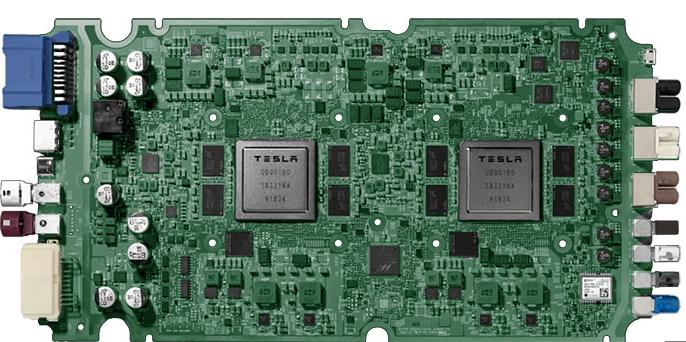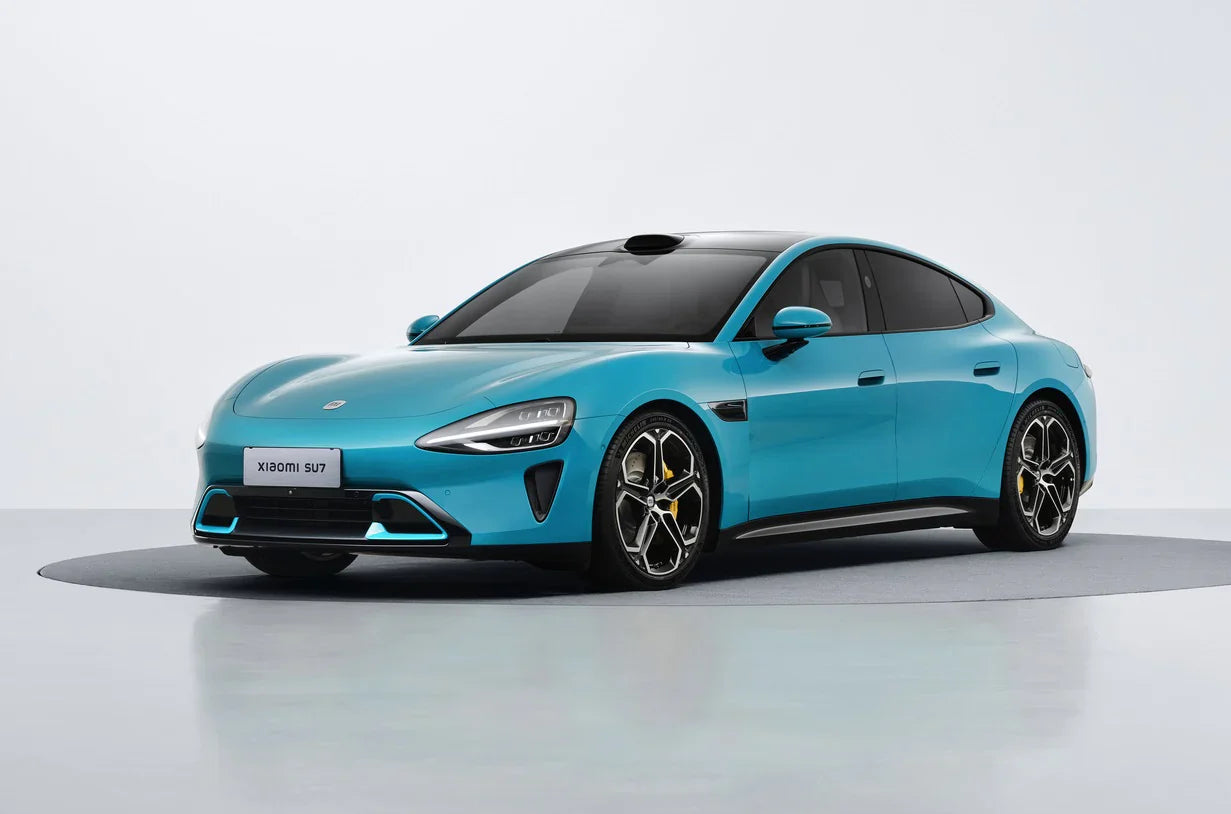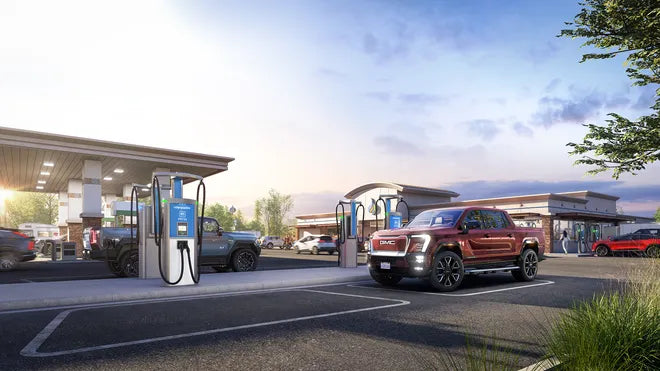HW3 Vehicles Face Slower FSD Software Updates
As of mid-2025, Tesla vehicles equipped with Hardware 3 (HW3) are receiving fewer updates compared to newer HW4 or HW5 systems. Reports from Electrek and EVXL confirm that HW3-equipped cars are seeing mostly minor bug fixes rather than new features or full self-driving (FSD) advancements.
Tesla has not provided a clear roadmap for how it plans to support these vehicles long-term. Some drivers have noted that their HW3 vehicles now lag behind in terms of functionality and performance compared to newer Teslas.
Spring 2025 Software Updates Show Feature Gaps
The Spring 2025 software release (version 2025.14.1) revealed several new features that are not available to HW3 vehicles, especially those with older Intel Atom media control units. Missing features include extended blind spot camera angles and upgraded visualization enhancements.
This has reinforced the perception that Tesla is gradually phasing out support for HW3.
Elon Musk Signals Hardware Upgrade for FSD Buyers
In a recent earnings call, Elon Musk acknowledged that Tesla will likely need to replace HW3 computers in all vehicles that purchased the Full Self-Driving package. This aligns with Tesla's longstanding promise to deliver FSD capabilities, even if it means retrofitting older hardware.
While no official mass upgrade schedule has been released, Musk’s statement is seen as a commitment to honoring FSD buyers’ expectations.
HW3 Now Supports FSD v12.5 Through Optimization
Despite limitations, Tesla engineers successfully rolled out FSD version 12.5.1.4 to a group of internal HW3 vehicles using model compression and compiler optimization techniques. The update significantly improved HW3’s performance, narrowing the gap with HW4 in some areas.
However, future versions of FSD may prove too demanding for HW3 to support without further compromises in feature scope or latency.
Mixed Reactions from HW3 Owners
Feedback from HW3 vehicle owners remains mixed. Some report excellent experiences with recent FSD versions like 12.6.4, while others claim the system has become “unusable” even on highways. Discussions on Reddit and Tesla forums reflect both optimism and frustration, depending on the user’s driving environment and expectations.
There is growing concern that Tesla’s development focus is shifting fully toward HW4, HW5, and future Robotaxi platforms.
Summary Table: HW3 Status as of 2025
| Category | Status |
|---|---|
| FSD software support | Limited to minor updates; v12.5 supported |
| Hardware upgrade plan | Promised for FSD buyers, no timeline yet |
| Feature parity | Missing key Spring 2025 features |
| Owner satisfaction | Divided; performance varies by use case |
| Future outlook | Gradual decline in support likely |
Conclusion
Tesla’s HW3 system, once the core of its Autopilot vision, is now facing technological obsolescence. While some updates are still arriving, the future of HW3 depends heavily on Tesla’s willingness to provide free hardware upgrades and maintain compatibility with evolving FSD software.
If you're a Tesla owner with HW3, or considering a used model, it’s important to weigh the platform's current limitations against Tesla's upgrade promises.
Sources
Author: Lay Wen
Recommended Reading: Tesla Ordered to Refund Full Self-Driving Fee After Failing to Deliver Functionality







Share:
Tesla HW3 Vehicles with Intel Atom Chips Miss Spring Update Features, Sawyer Merritt Reveals
Tesla Launches First Fully Off-Grid Solar Supercharger Station in California